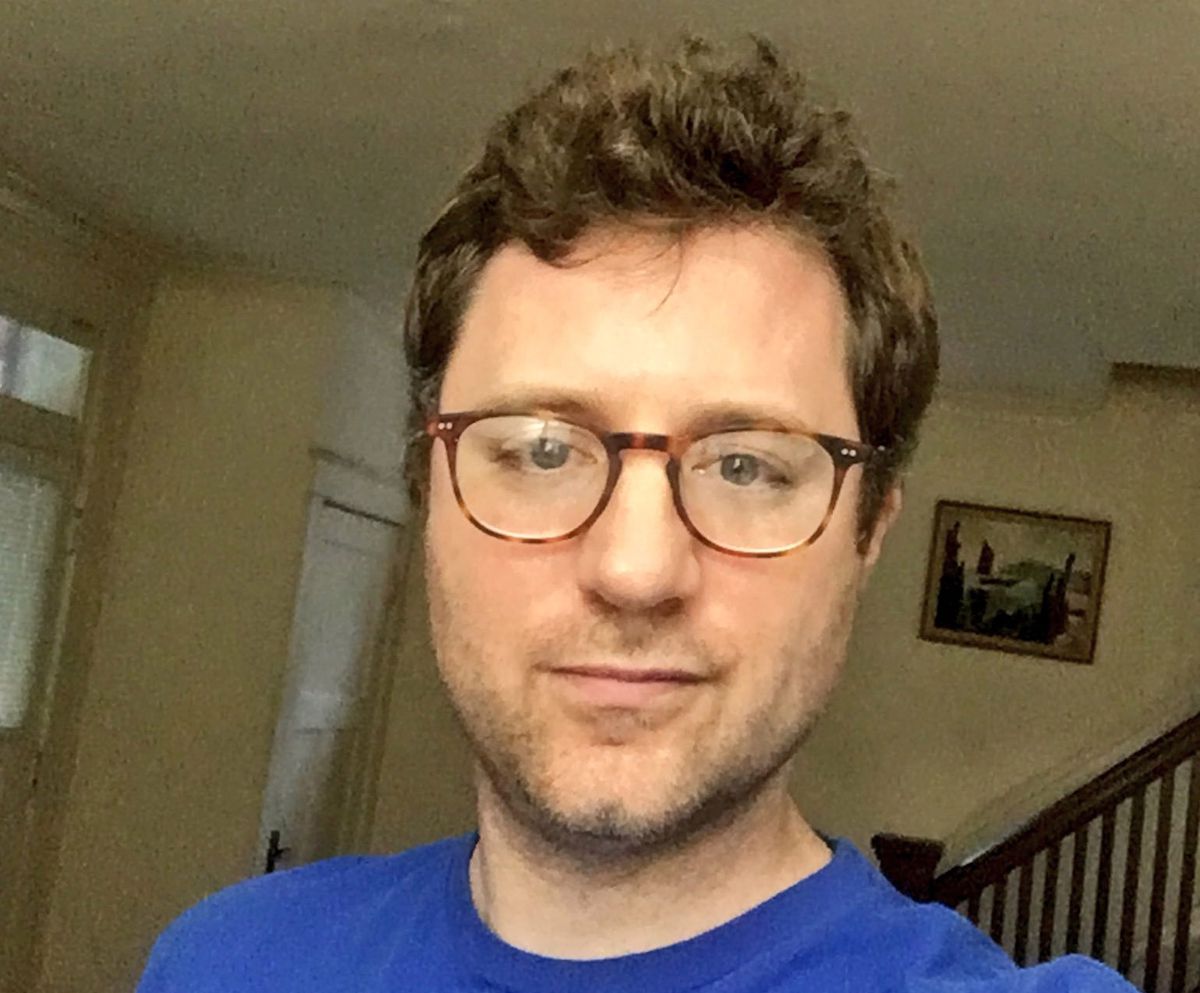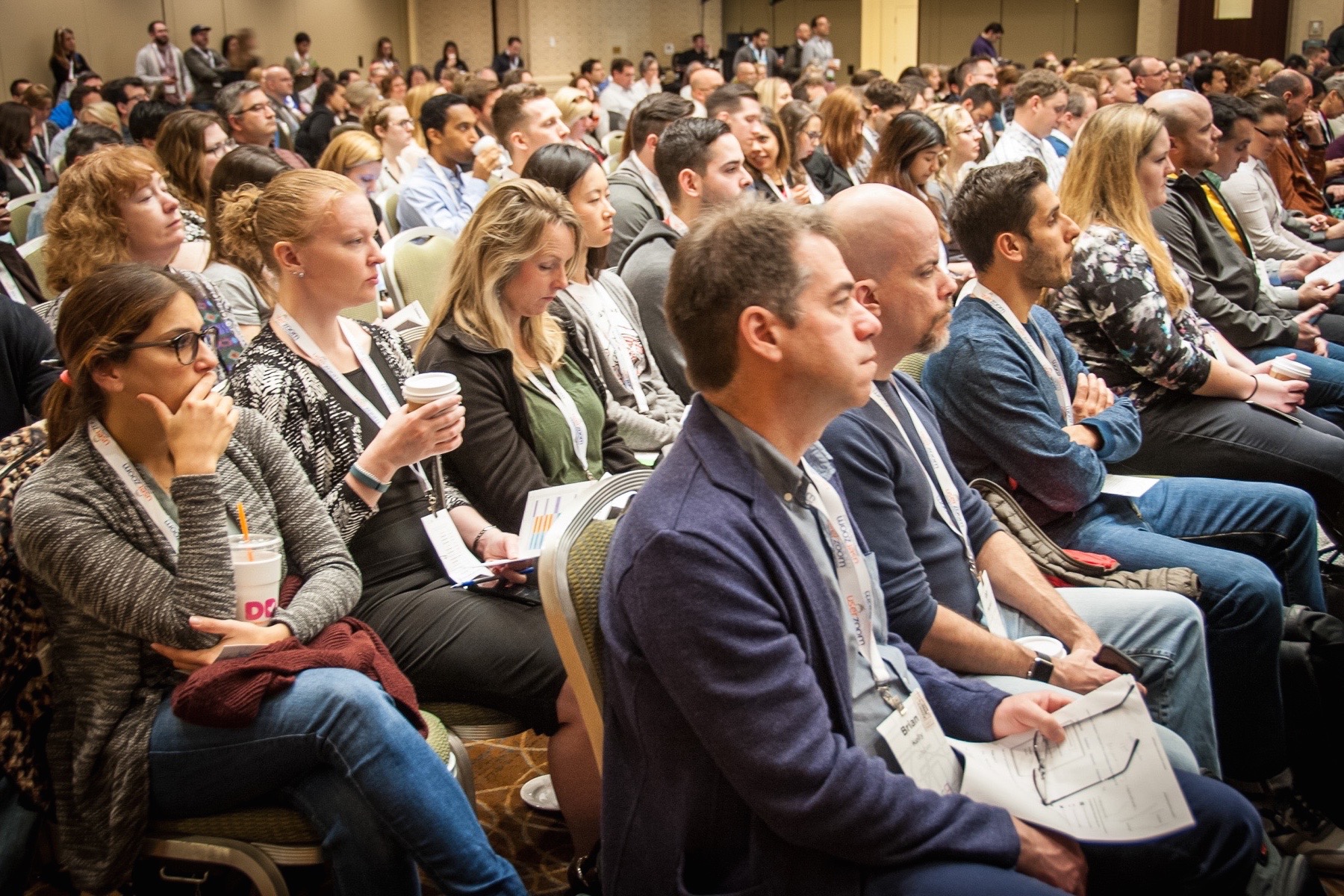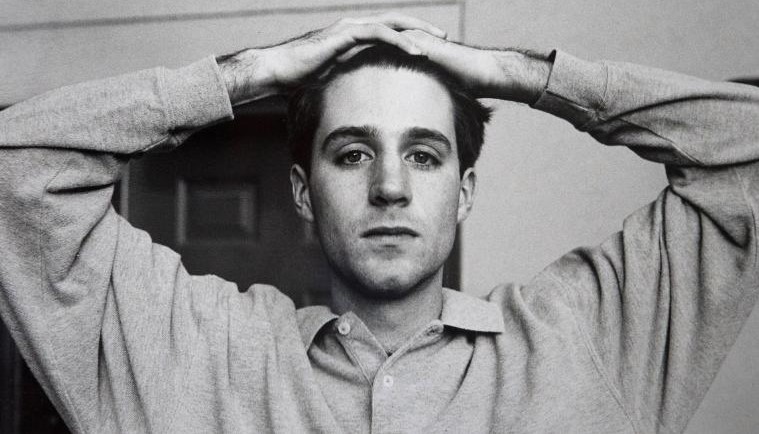In Search
 When nothing else seemed to be working, Doug decided that in order to find answers he needed to attend a medical conference so that he could explain his case to scientists and have their views on the matter. He decided he would attend the American Autonomic Society’s annual conference that was held in 2002. But the question was, how would he be able to do it because he was not even a graduate and the guests in the conference were doctors from Harvard University.
When nothing else seemed to be working, Doug decided that in order to find answers he needed to attend a medical conference so that he could explain his case to scientists and have their views on the matter. He decided he would attend the American Autonomic Society’s annual conference that was held in 2002. But the question was, how would he be able to do it because he was not even a graduate and the guests in the conference were doctors from Harvard University.
Concealment
 Doug very smartly dressed up as a professional medical graduate and not as a patient. He even prepared a presentation to make the guests at the conference aware of his special condition. He proposed and named a certain drug that might be able to help him but all other scientists disagreed to his impossible proposal which was obvious because he had no degree for himself and all the people there were highly educated and experienced.
Doug very smartly dressed up as a professional medical graduate and not as a patient. He even prepared a presentation to make the guests at the conference aware of his special condition. He proposed and named a certain drug that might be able to help him but all other scientists disagreed to his impossible proposal which was obvious because he had no degree for himself and all the people there were highly educated and experienced.
Empty Handed?
 Since nobody took Doug’s proposal seriously and thought of it as impossible according to their experience and studies, he returned home in disappointment. But his effort of presenting his case in the conference did not really go in vain. Dr. Cecil Coghlan, a cardiologist and dysautonomia specialist contacted Doug and agreed to assess his case in his lab at the University of Alabama-Birmingham.
Since nobody took Doug’s proposal seriously and thought of it as impossible according to their experience and studies, he returned home in disappointment. But his effort of presenting his case in the conference did not really go in vain. Dr. Cecil Coghlan, a cardiologist and dysautonomia specialist contacted Doug and agreed to assess his case in his lab at the University of Alabama-Birmingham.
Birmingham
 Finally, in March of 2004, Dr. Coghlan started with his procedures to evaluate Doug’s condition. Doug underwent a tilt-table test wherein he was laid on a flat whiteboard and his heart rate and blood pressure were compared in two circumstances, when he was laid on the board and when he was raised straight up along with the board to which he was tied. The results gave a final conclusion that Doug was dysautonomic.
Finally, in March of 2004, Dr. Coghlan started with his procedures to evaluate Doug’s condition. Doug underwent a tilt-table test wherein he was laid on a flat whiteboard and his heart rate and blood pressure were compared in two circumstances, when he was laid on the board and when he was raised straight up along with the board to which he was tied. The results gave a final conclusion that Doug was dysautonomic.
Short-lived Optimism
 After the test conducted by Dr. Coghlan, Doug returned from Birmingham with a positive hope that some non-cancerous tumors can be a common cause of adrenaline malfunction and can be removed via surgery. But Doug’s optimism turned into pessimism when the radiological scans conducted did not detect any tumors in his body.
After the test conducted by Dr. Coghlan, Doug returned from Birmingham with a positive hope that some non-cancerous tumors can be a common cause of adrenaline malfunction and can be removed via surgery. But Doug’s optimism turned into pessimism when the radiological scans conducted did not detect any tumors in his body.
A New Problem
 Upon further investigation by the best doctors in the field, a new detection came out that Doug did not have any tumors but his adrenaline glands are abnormally large. For this, the biology student knew that the only solution would be to get them removed from his body altogether.
Upon further investigation by the best doctors in the field, a new detection came out that Doug did not have any tumors but his adrenaline glands are abnormally large. For this, the biology student knew that the only solution would be to get them removed from his body altogether.
